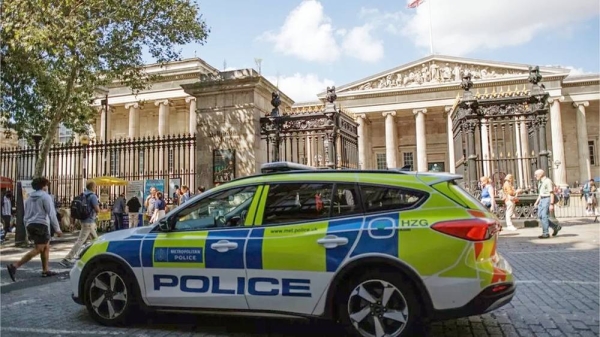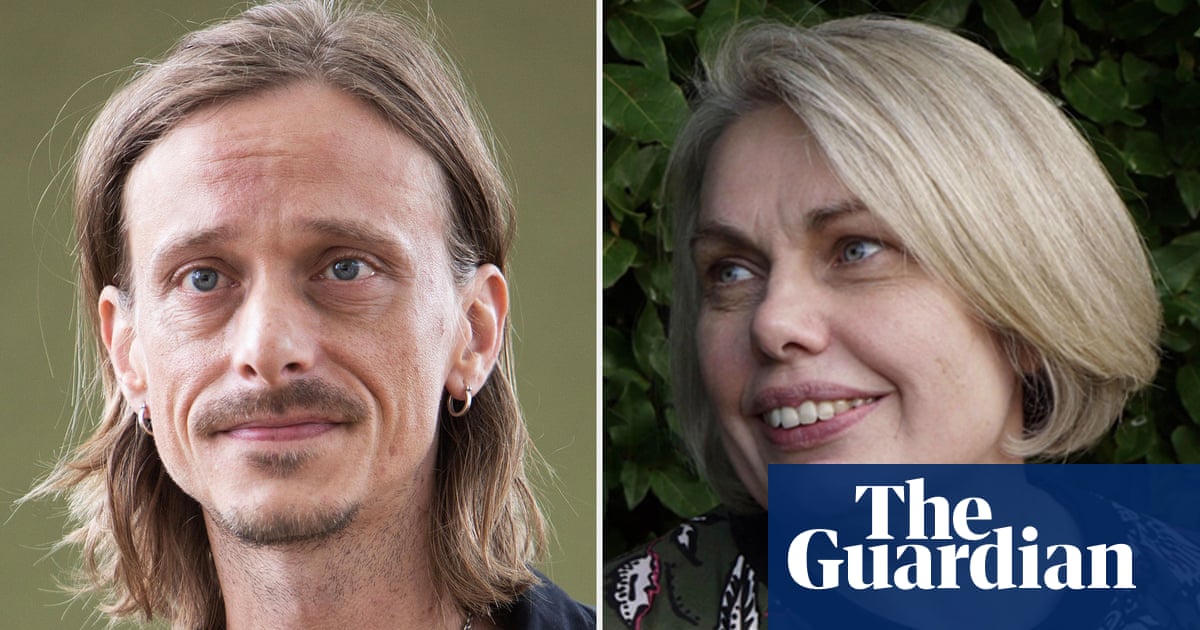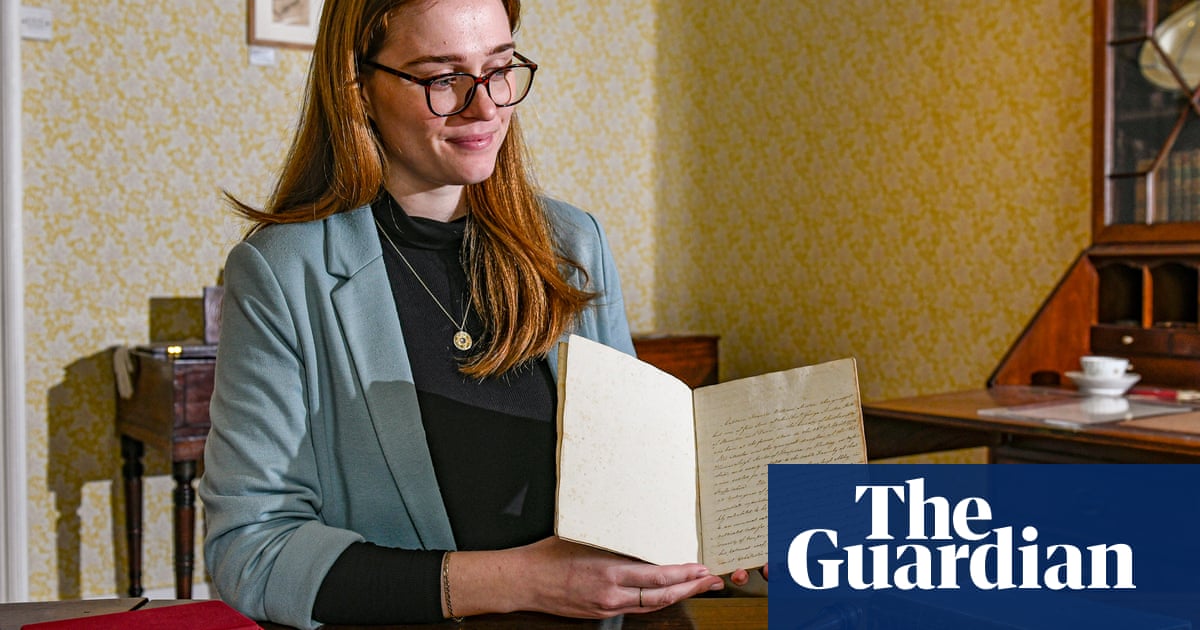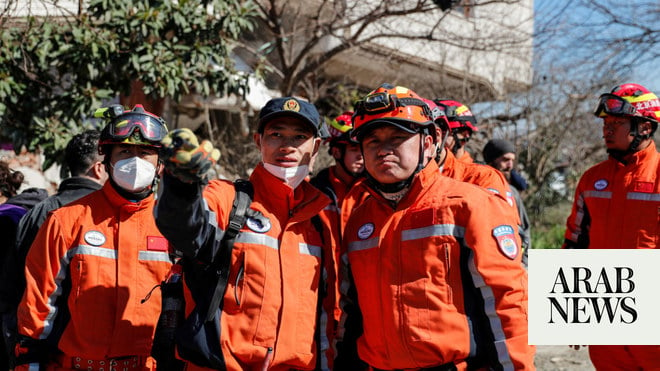
A worn metal tool with a hefty-looking handle, a delicate gadget with pedals, arms and cogs, and a piece of glassware with a snail-like coil in the middle. They might seem a motley collection of objects but they have one thing in common – they are all mysteries.
The objects are among the 7.3m items, from photographs to devices, that form the collection of the Science Museum Group. Curators are seeking the public’s help to solve the puzzle of what these items were used for, and the stories behind them.
Many of the mysterious items have come to light amid the transportation of 300,000 objects from Blythe House in London to a purpose-built facility at the Science Museum Group’s National Collections Centre in Wiltshire.
“As part of that move we are having to look at and handle and inventory, and photograph every object stored at Blythe House,” said Jessica Bradford, the keeper of collection engagement at the Science Museum. “It is like one giant house move project but with the added excitement that these objects are part of the national collection, and that they have incredible stories to tell.”
Bradford said discoveries have already been made by the team over the course of the project, which began in 2018, through detective work. This ranged from hunting through records to looking at the items a particular object was stored with.
Among the revelations was an understanding of a Chinese incense clock – a device with small square, metal tray and maze-like stencils – that had been something of a head scratcher – until a curator who had spent time in China had a look. The mazes, it seemed, were used to create a trail of incense that would burn for a specific length of time.
“Essentially, the way it works is that the incense is burned and there are different fragrances and different fragrant notes throughout the incense wick,” said Bradford. These scent-based, time-measuring devices were often used during rituals or ceremonies, she added.
But the stories of many other objects have yet to be uncovered.
“In some cases we reach a dead end and that is where it would be amazing to see whether the wider public, the hive mind of the public, can help us unpick some of these mysteries,” said Bradford.
Among the mystery objects is a gadget with a base like a hat stand and a hook at the top, a semi-circular scoop-like device on a handle, and a metal object in a silken box that is said to be an air purifier presented to Pope Leo XIII.
The latter two items are part of the Wellcome Collection, a huge, eclectic array of objects gathered together by Sir Henry Wellcome, who died in 1936, that is cared for by the Science Museum Group.
“Often the only thing we know about the object is what, potentially, Henry Wellcome himself will have known about it when it was sold to him or brought to him by one of his agents, or presented at auction,” said Bradford, adding that is likely the source of the information about the “air purifier”.
Since Wellcome is drawn to strange and curious objects, Bradford said there could be many surprising items.
“They are likely to be the kind of thing that maybe only one or two people in the world have ever seen before, because that is the kind of thing that he was after, he was after the edges of the human experience,” she said.
The questions marks also extend to images, among them a portrait of a bewigged man holding a book open at a picture of a skeleton. At one point it had been attributed to Gainsborough, and was said to be of the Scottish anatomist and physician Dr William Hunter. But the style of the painting and the clothes of the sitter reveal neither identity is correct.
The team are turning to the public to help shed light on the mystery items, including 10 objects featured in a Guardian gallery. They encourage those with an inkling to drop the team a line either on Twitter (@sciencemuseum) or via email info@sciencemuseum.ac.uk.
“These 10 objects are 10 great examples of the opportunity to help us solve mysteries, but there are many, many more,” said Bradford.












